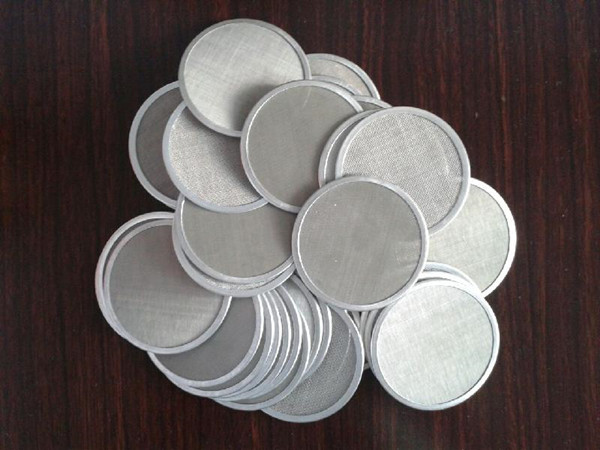1. ELISA kit production process
2. Coating
2.1 Prepare the coating solution with the coating antigen in the coating buffer, add 100 mL per well to the enzyme labeling plate, cover the cover film, and coat the conditions as shown in the following table. The coating plate can be stacked at 4 °C for 16-20h. Put, and the spacing between the plates should be consistent (usually 5cm) when coating at 37 °C for 2h. According to the design of the incubator, the spacing between the microplates is adjusted. If the incubator generates heat from the bottom, the spacing between the lower microplates should be increased to 10 cm.
2.2 The method of applying the sample by suction should be avoided by adding it to the upper part of the hole wall. If it is accidentally dropped on the wall of the hole, it should be judged according to whether the solution should be added to the hole. If it should be added, be careful. Shake it to the bottom of the hole, otherwise use a suction paper to carefully suck out, and be careful not to spill, no bubbles.
2.3 Pre-sucking before the coating to check whether the gun head is qualified, the water flow is consistent, the inconsistency should be replaced by the gun head, the coating should be made of high quality gun head, each piece is covered by a board, the gun head should be tightly clamped, and in the process of coating Pay attention to check whether the aspiration is consistent. If there are any minor problems during the coating process, the board should be marked so that it can be eliminated when the group is loaded into the library.
2.4 If the 37°C 2h coating mode is used, the enzyme label should be coded to ensure that the coating time of each board is consistent.
3. Wash the board
3.1 After the coating, two washings should be carried out, 250 μl/well. After washing, the liquid should be patted on the towel and the next step should be closed in time.
3.2 When washing, pay attention to check whether the water flow is consistent. If there are any minor problems in the washing process, the board should be marked so that it can be eliminated when the group is loaded into the library.
4. Closed
4.1 The blocking solution should be taken out one hour earlier than the initial temperature. Shake well before use. Add 180 mL per well to the enzyme plate, cover the membrane, and seal at 37 °C for 1.5 h. The spacing between the plates should be consistent. Usually 5cm). According to the design of the incubator, the spacing between the microplates is adjusted. If the incubator generates heat from the bottom, the spacing between the lower microplates should be increased to 10 cm.
4.2 Closed sample loading should be avoided by adding a dozen. If it is accidentally dropped on the wall of the hole, it should be judged according to whether the solution should be added to the hole. If it should be added, carefully shake it. Let it fall into the bottom of the hole, otherwise use a suction paper to carefully suck out, and the solution remaining in the tip of the gun should not be shot to avoid air bubbles. And pay attention to not spilling, no bubbles
4.3 Pre-sucking before closing to check whether the gun head is qualified, whether the water flow is consistent, the inconsistency should be replaced by the gun head, and the high-quality gun head should be closed for closing. The gun head should be tightly closed every time a board is closed, and pay attention to the process during the coating process. If the aspiration is consistent, if there are any minor problems during the sealing process, the board should be marked so that it can be eliminated when the group is loaded into the library.
5. Drying and bagging
5.1 After closing, drop the liquid in the hole and pat dry on the towel. Then dry or dry to completely dry the ELISA plate. Drying: Invert at 37 °C (without cover film or self-sealing bag), dry for 5 min every 5 plates, correspondingly increase with the increase of the number of plates, such as 100 plates, need to bake for 3 h, and so on; Dry: Put a layer of clean A4 paper or absorbent paper on the bottom, invert the board, cover it with a layer on the top, and let it stand for 18-24 hours at room temperature.
5.2 After the board is dried, it should be loaded into the ziplock bag in time, and filled in according to the amount of one bag of desiccant per plate. The date of preparation of the board is written on the outside of the bag, and stored in the refrigerated environment of the finished product warehouse for storage.
Filter Mesh
Filter mesh including metal filter mesh,ventilation filter mesh, air conditoner filter mesh, shale shaker screen,mine sieving mesh, dutch weave filter mesh, reverse dutch weave wire cloth, metal fiber sintered felt.
The filter mesh be made from different mesh of metal mesh, the application is filter impurities and improve mixing and plasticizing effect.
The advantages of filter mesh is anti-acid, anti-alkali, temperature, wear-resistant, corrosion, etc. It be maindly used in mining, oil, chemical, food, medicine, machinery manufacturing and other industries.

Filter Mesh,Filter Cartridge,Filter Tube,Stainless Steel Filter Mesh,Crimped Wire Mesh
ANPING COUNTY SHANGCHEN WIREMESH PRODUCTS CO.,LTD , https://www.scwiremesh.com